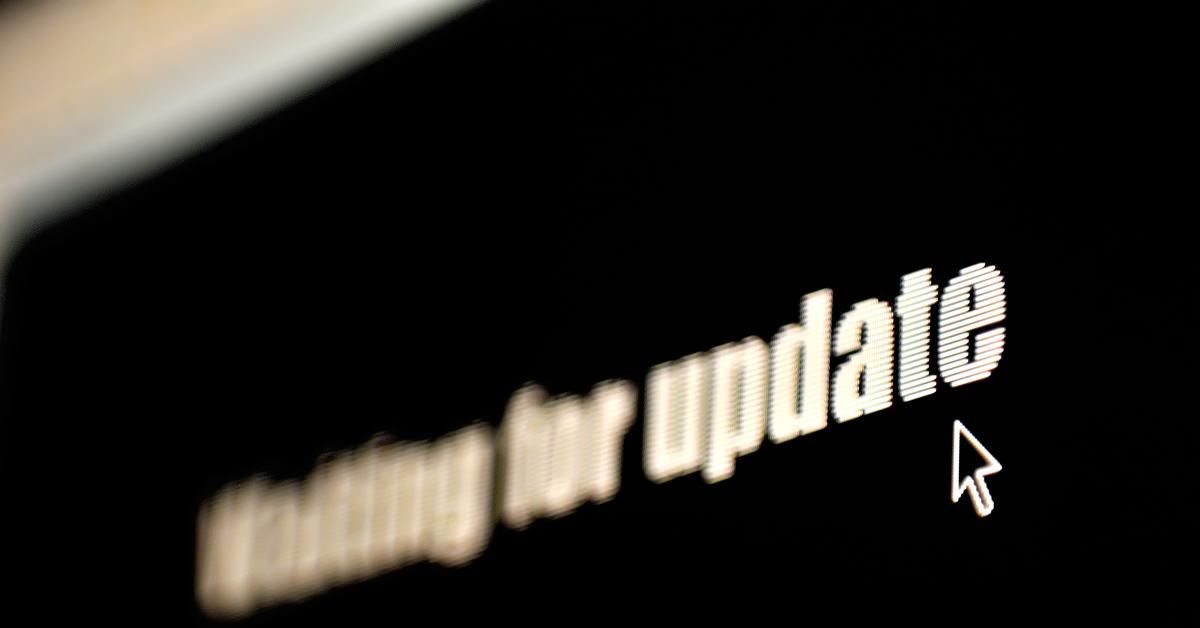CHICAGO — The point of sale (POS) system is a tool that, when used correctly, can shed light on parts of a dry cleaner’s company that will reveal truth about the business and the customers who support it. As time goes on, however, cleaners should make sure that their system is providing them with all the latest instruments for success.
In Part 1 of this series, we looked at the evolution of the POS, and in Part 2, we examined ways this technology can teach cleaners about their customers’ wants and needs. Part 3 listed some of the short and long term benefits of a properly unutilized system, and today, we’ll finish by asking some of the questions cleaners need to know when looking to add a POS or update an existing system.
Time to Update?
While many machines in a drycleaning business might last for years — and in some cases, decades — with simple regular maintenance, a POS system needs to be assessed regularly to ensure it is still meeting the cleaner’s needs.
Rohan Bedi, head of sales and business development at CleanCloud, believes owners should examine what it is they actually want to accomplish with an updated POS.
“I’d say the core questions are: Will it save me and my staff time? Will this give me more of an insight into my business, so I could not only grow my business but know more about where things are working and where they’re not? And, ultimately, will this be best for my customers? Will they have a better notification system? Will it be easier on them in terms of like collecting and dropping everything off? I'd say these are the main questions to ask.”
Taking time to research the company providing the potential POS is also important, says Ee Sef Lee, director of sales for UP Solution.
“Drycleaning business owners will need to ask a series of questions in order to determine whether a new or updated POS system is required,” he says. “For example, is the POS company a reputable company? How long has it been in business, and how well does it support their deployed POS systems? What kind of support is provided? What are the hours of support? Do they provide onsite support? How often does the hardware need to be replaced? What payment or financing options are available?”
When it comes time to make a change, Tom Beidle, CEO of SPOT by Xplor, says a couple of simple steps can avoid a potentially costly mistake.
“First, make sure to get a demo of the system,” he says. “Spend an hour with the company you’re considering and get a demo of that product. Second, talk with other cleaners who use that system and get their opinion. What are the pros? What are the cons? Are there things they struggle with? How has it made their operations better? And then ask yourself, ‘Is this the best business decision for my operation?’ Make sure the company is a good fit for your company.”
Taking care of legacy data is also crucial, Beidle says.
“Data conversion is massive, especially if you’ve been in business for 20 or 30 years and have thousands of customers in your current system,” he says. “One of the biggest questions I would ask a company is ‘How do I transfer my current data to the new POS system?’ Also, make sure the new system is compatible with the machines in your operation. For example, will it work with your conveyor system?”
Considering how the POS fits in holistically into your company is good place to start, says Bill Alber, inventor and the CEO at SMRT Systems.
“Think of your POS as an operating system for the entirety of your business,” he says. “What is the most valuable asset for your business? What are the risks? You want a system that helps you create and expand the assets you have and minimize the risks you might face.”
While updating or replacing a POS system might seem like a distraction from the day-to-day revenue-generating work, it can be well worth a cleaner’s time to regularly evaluate their current equipment.
“Capital expenses can be daunting,” says Cleaner Business Systems Sales Executive Jared Epstein, “but they only account for a small fraction of the ROI and customer care you will see with a dynamic and advanced technological upgrade.”
For Part 1 of this series, click HERE. For Part 2, click HERE. For Part 3, click HERE.
Have a question or comment? E-mail our editor Dave Davis at [email protected].

